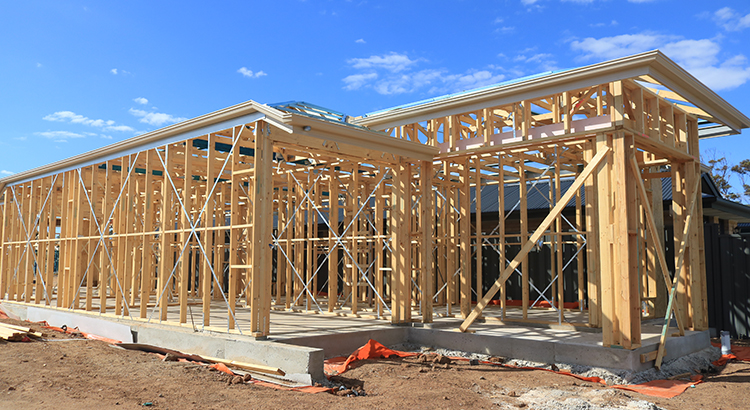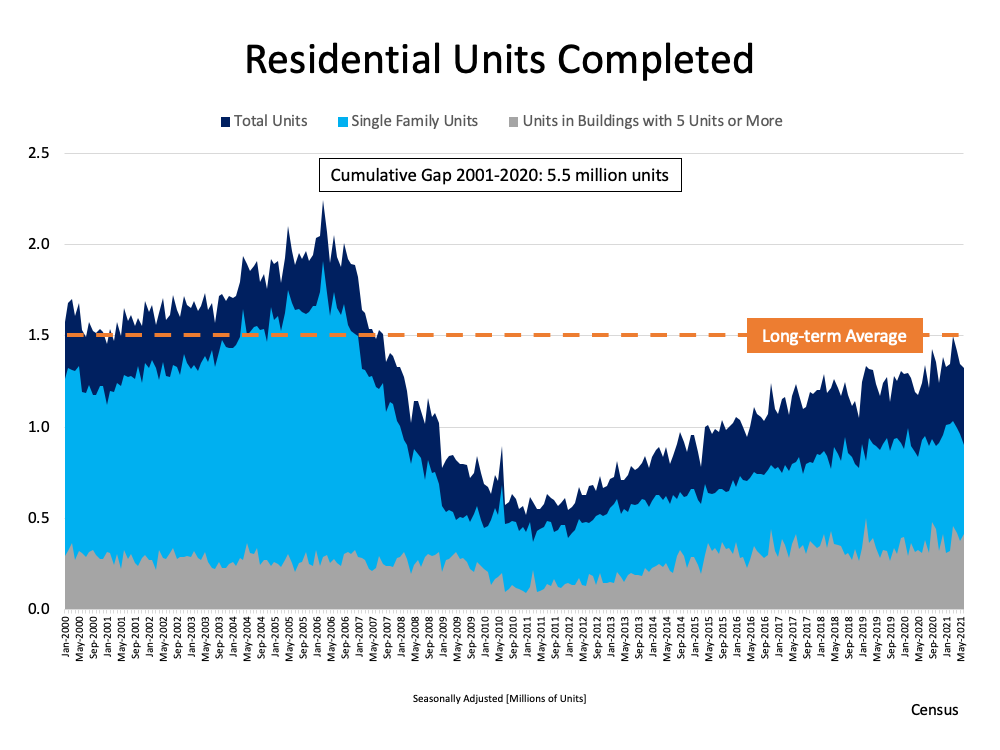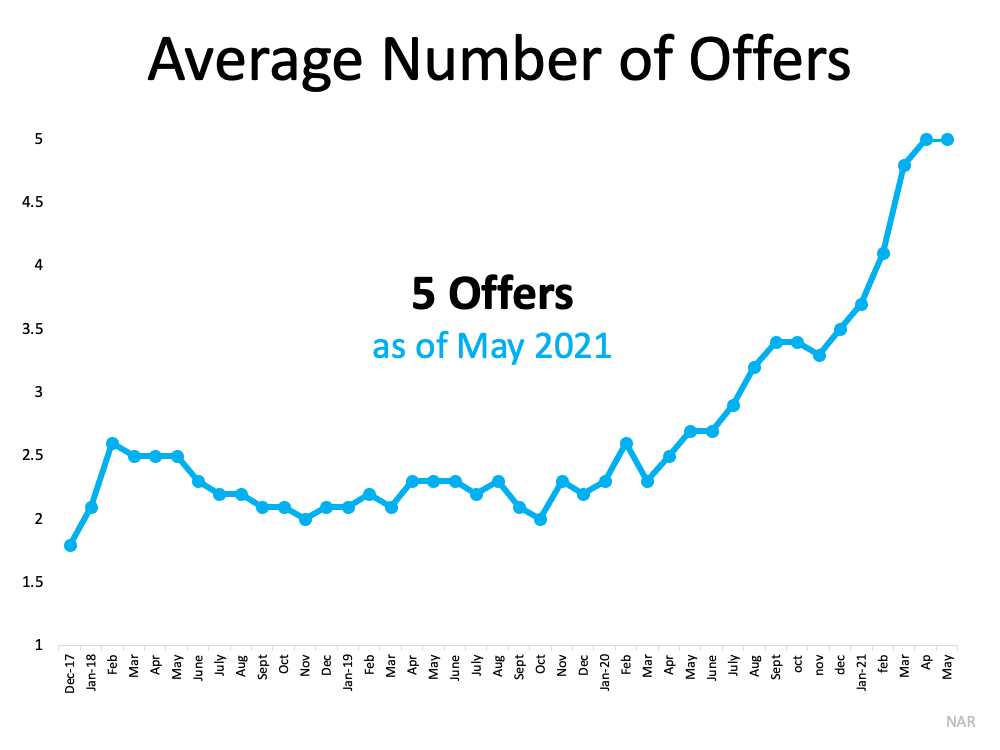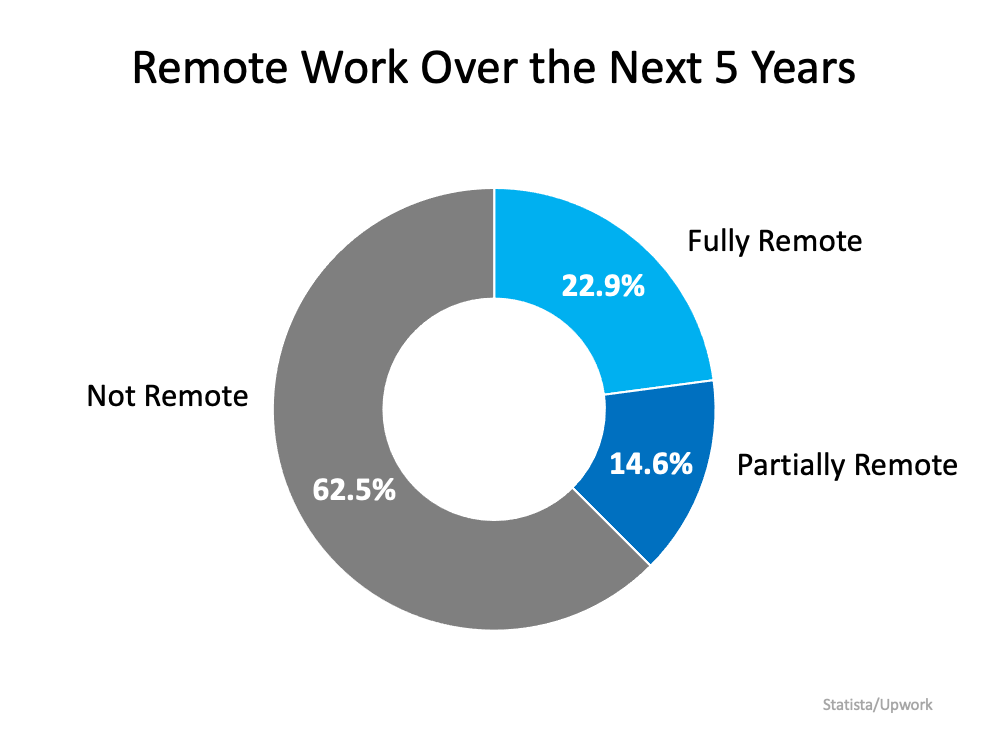Once you know where the mortgage loan problems are, you can easily get around them.
From HouseLogic
Mortgages don’t have to be scary. After all, they’re just business transactions, albeit big ones.
Yet, a survey by mortgage website Freeandclear.com found that 75% of home loan applicants compared the mortgage loan process to an annual physical or a dentist visit. Yep, a credit check and a ton of paperwork scared them as much as flu shots, dental drills, and lectures on flossing.
6 Ways to Avoid Mortgage Mistakes
We asked for confidence-building advice from a couple of mortgage lenders: Manny Delgadillo, manager of the Wells Fargo Home Mortgage Center in Los Angeles, and Evan Geiselhart, president of Midwest Home Trust Mortgage in Schaumburg, Ill. They described how to bypass some of the mortgage mistakes they’re seeing.
#1 Communicate with All Parties
This deal involves several people: you, the seller, your agent, the seller’s agent, and the lender. Keep everyone in the loop on every bit of information, or your closing could get delayed. Geiselhart tells of a home sale where the buyer and the seller had agreed on a credit, but neither had told their agents or the lender. That oversight meant the credit they had sealed with a handshake didn’t make it into the paperwork. And if something isn’t on paper, it’s not happening. “Be transparent about everything,” Geiselhart says. “There’s no such thing as too much communication.”
#2 Have Enough Money to Pay Closing Costs
Of course, you’ll need to pay closing costs – thousands of dollars for an appraisal, credit check, and title search. Closing costs are usually 2-5% of the amount you’re borrowing. If you don’t have enough money, there are a few ways to work around the problem.
- Look for assistance programs that cover some of the closing costs.
Wells Fargo has a program that gives first-time home buyers $750 toward closing costs if they take an online course about owning a home, Delgadillo says. In addition, Geiselhart notes that “some cities, counties, and states have programs that give money to borrowers to cover closing costs and down payments. In fact, there are more than 2,000 down payment and closing cost assistance programs across the country, typically run by state and local governments or local nonprofits. What you’re eligible for depends on where you live. Ask your lender about programs you might quality for. You can also check the U.S. Department of Housing and Urban Development for a state-by-state list of assistance programs. - Call a relative and ask for a gift.
If you’re fortunate enough to have relatives who are both generous and flush with cash, ask them for the money, Geiselhart says. “Call Grandma. See if she can help out. It’s a nice, easy solution and doesn’t affect your credit rating.” - Negotiate with the seller to pay the closing costs.
Ask your agent to help you strike the deal, Geiselhart says. To motivate the seller, you’ll need to be willing to pay the full asking price, close quickly, and accept the house as is. “Once a seller understands they’re getting the same net money for the house, they’re usually willing to deal on the closing costs,” he adds.
#3 Unfreeze Your Credit
Buyers may have placed a security freeze on their credit, which restricts access to their reports. This can prevent identity thieves from opening new accounts in their name, but can cause trouble when they’re applying for a mortgage. Head off problems as soon as you begin mortgage shopping. Log into your online accounts at the three credit reporting agencies and unfreeze your credit. If you forget your password or get locked out of your account, you’ll have to reset it by snail mail. “It can take 10 to 14 days to unfreeze your credit that way,” Delgadillo says. This delay could force a rescheduling of the closing.
#4 Steer Clear of Big Purchases After Mortgage Pre-approval
Your lender will check your credit twice: when you apply for the mortgage and days before you close on the house and get the keys. In the interim, if you buy a houseful of furniture, you could delay your close or even cause it to fall through. “We had a guy go out and buy a Mercedes a couple of days before closing,” Geiselhart says. “It was a real heart thumper at the last minute for my staff. We had to recheck to make sure he still qualified for the loan or if he was going to have to pay a higher interest rate.” Fortunately, he had enough money to cover the giant car payment and his mortgage payment, so the rate and the deal held. “But we had to do a lot of last-minute scrambling.”
Even applying for a credit card or car loan can affect your mortgage rate. To get the information it needs, the lender will request your credit file from the credit bureaus. That results in a “hard inquiry” that shows up on your credit report and may affect your credit rating, according to Experian. Let’s say you had a 740 credit rating and you shopped for a car, Geiselhart says. “If three dealers pulled a credit report on you and those inquiries resulted in your score falling to 699, it could raise your rate at the last minute.”
#5 Expand Your Employer’s Contact Information
The COVID pandemic has millions of people working from home, making it tougher for lenders to do routine employment verification. “We have to call their boss or their company’s HR department,” Delgadillo says. “Most of the time these days there is nobody at the office numbers we have.” To prevent loan approval delays, Delgadillo suggests getting emails and home or cell phone numbers for your employer.
#6 Ask Questions So Your Lender and Agent Can Help
There are no dumb questions. Lenders and agents are there to help you, so pick their brains. For example, ask if there are home loan programs to help you get into a home and how to access them. See about getting the seller to pay closing costs. Check on anything you don’t understand. “More people can get down payment and closing cost assistance now than ever before,” Delgadillo says. “There’s a lot of help out there to get into your first home, and interest rates are low. We want to help you get into a home. It’s why we are here.”
Taking these simple actions can keep your home loan application on track. And that means fewer hassles and less stress for you.




![Pop Quiz: Can You Define These Key Terms in Today’s Housing Market? [INFOGRAPHIC] | MyKCM](https://files.mykcm.com/2021/07/22135823/20210723-MEM-1046x2651.png)



